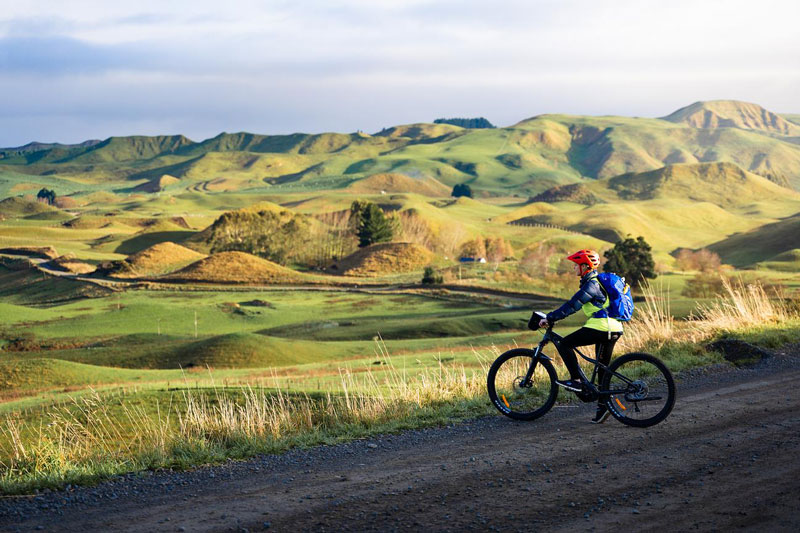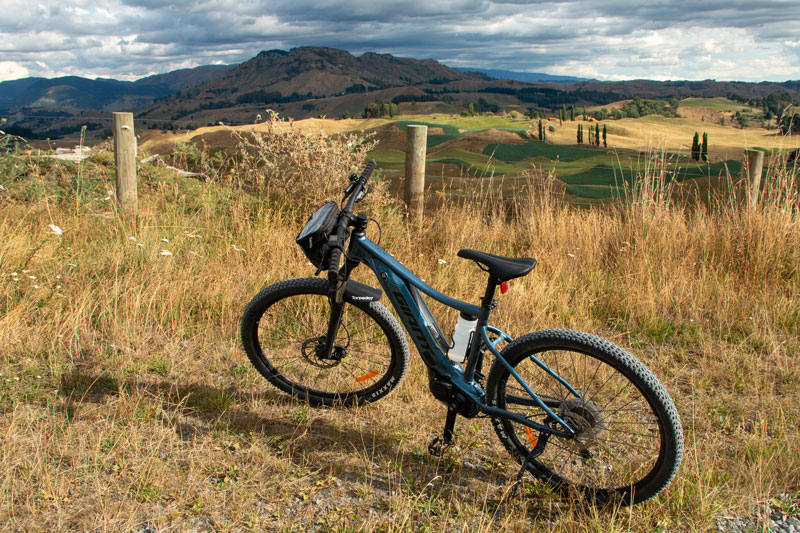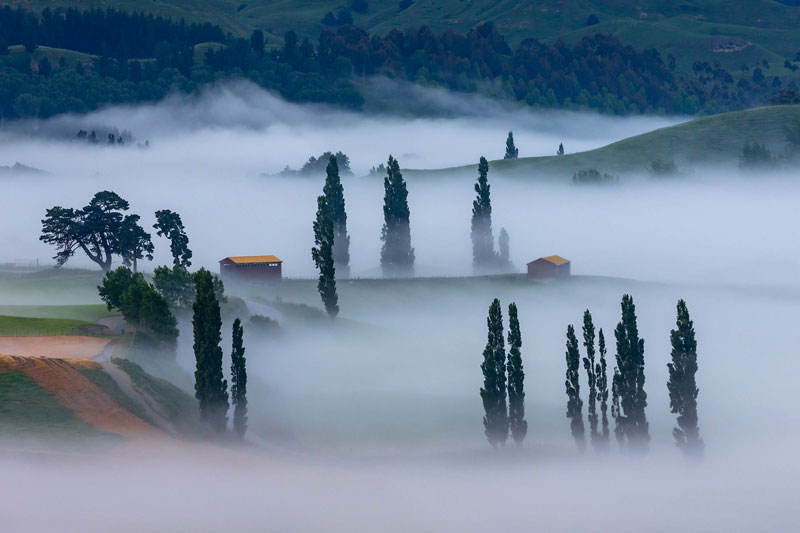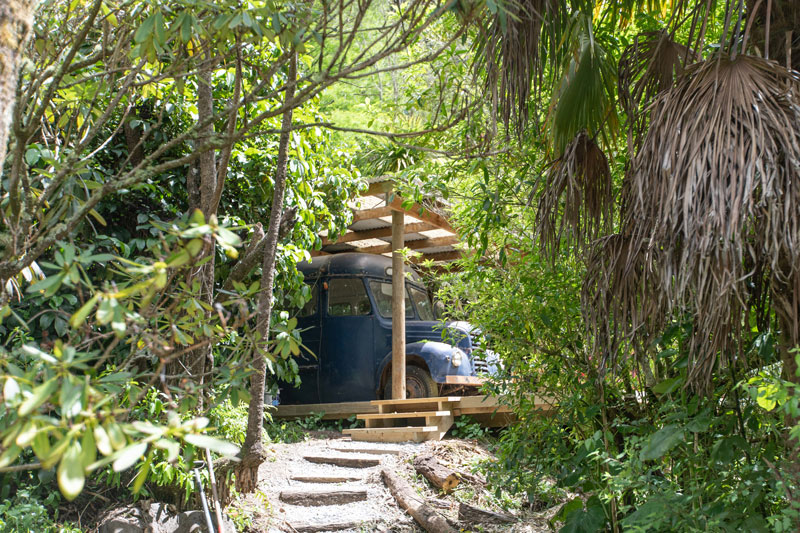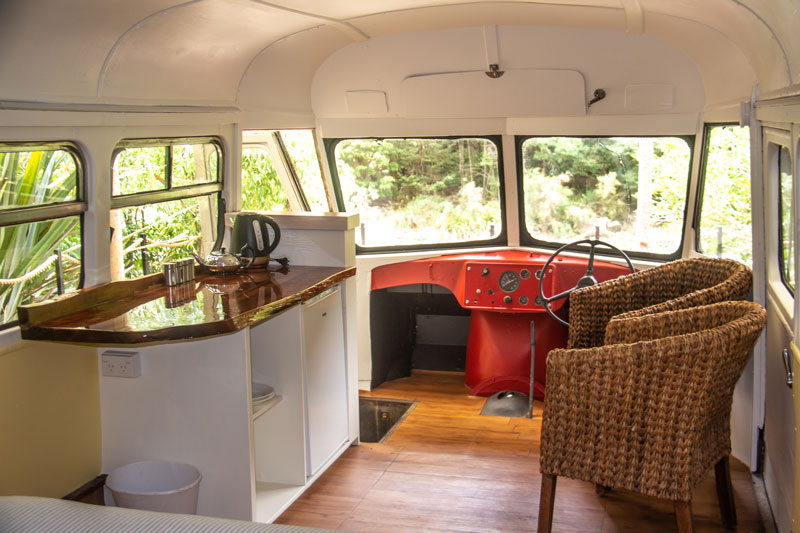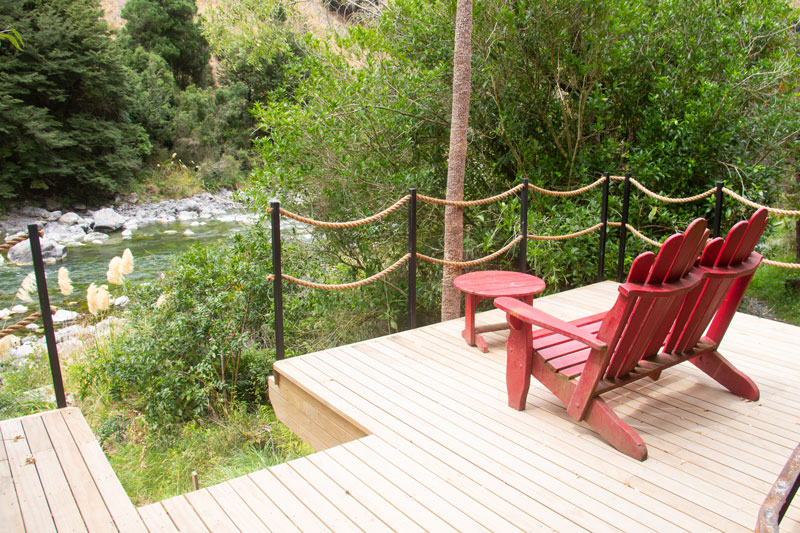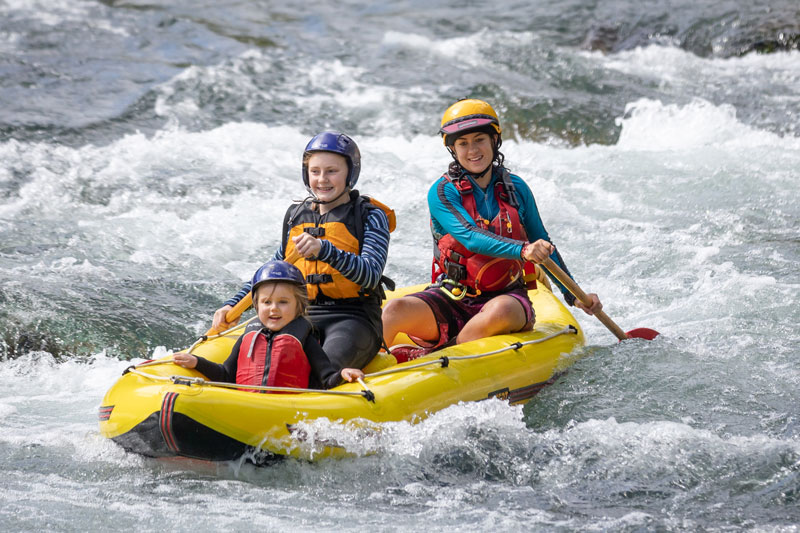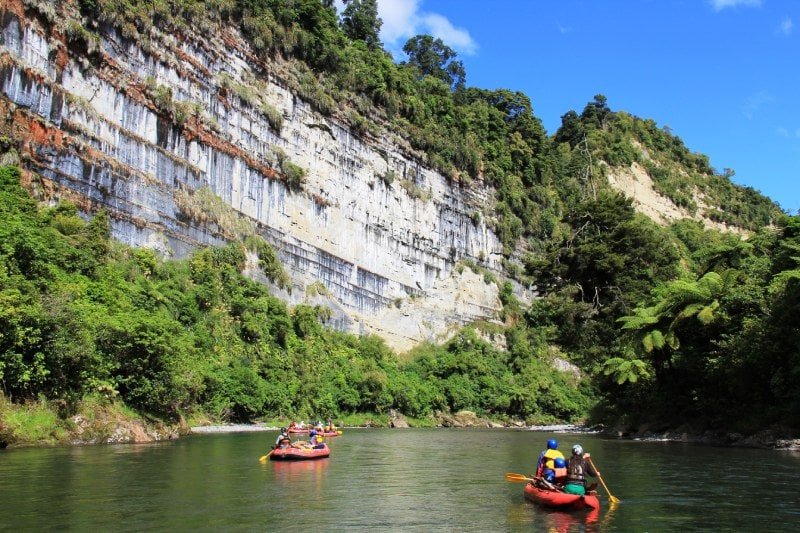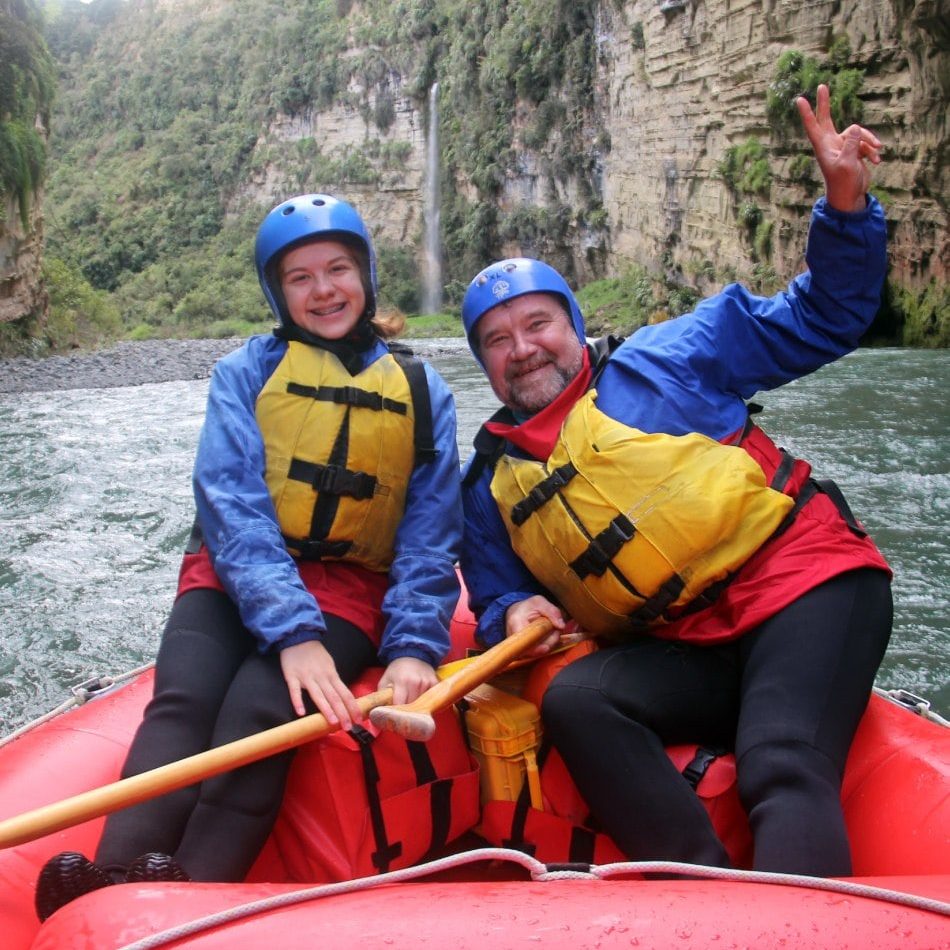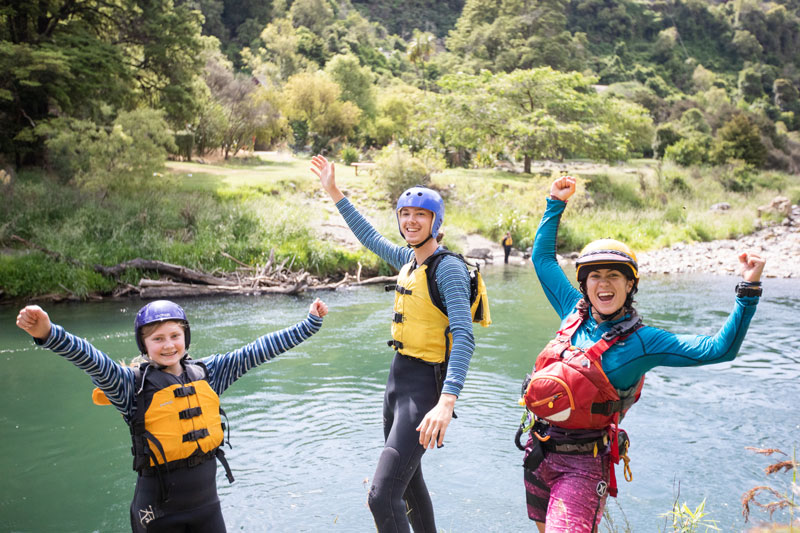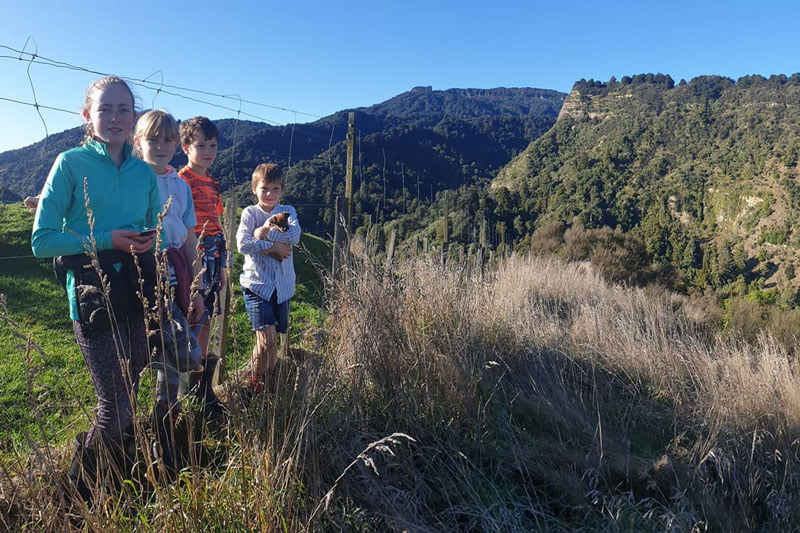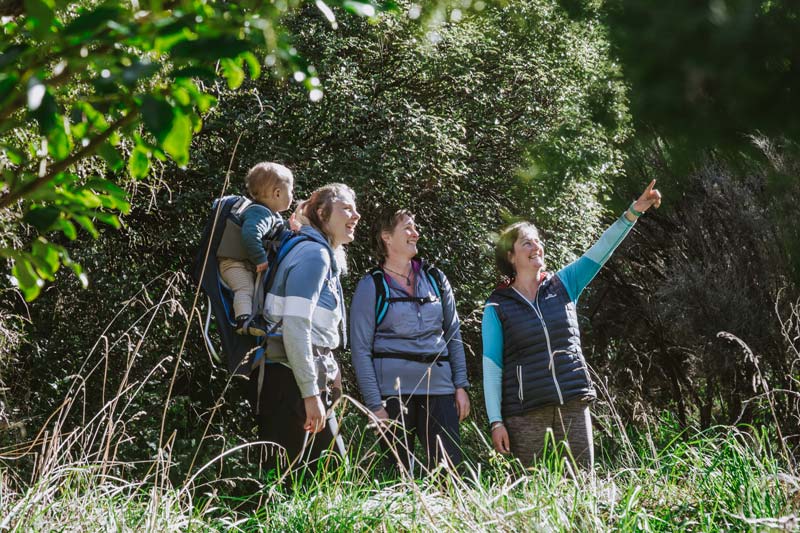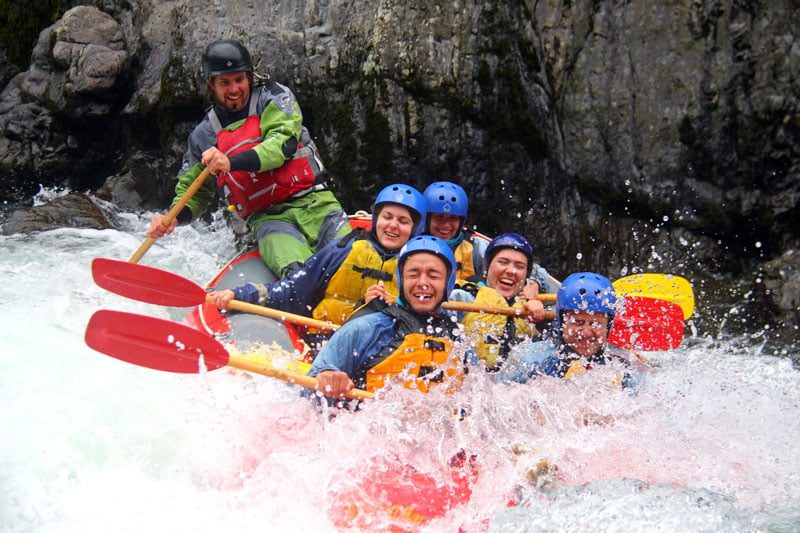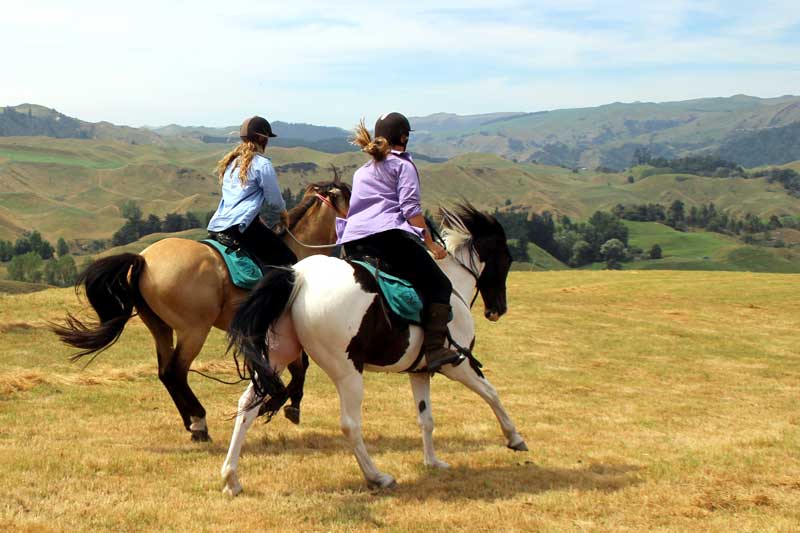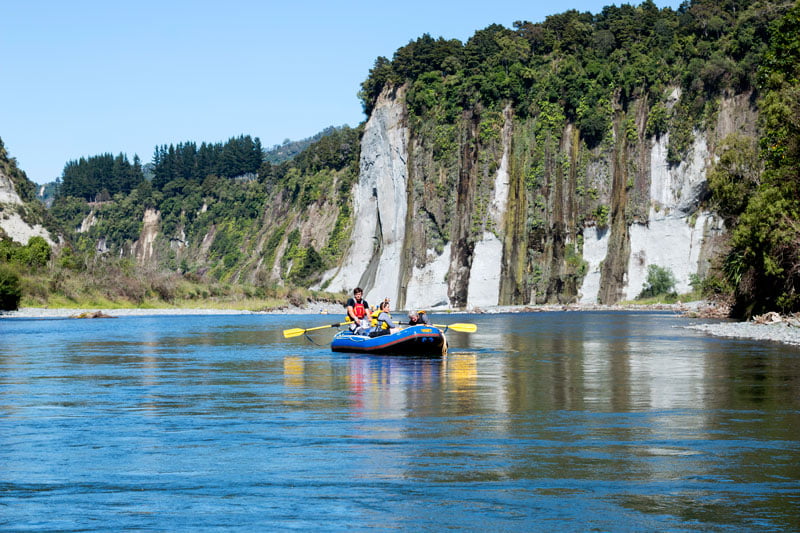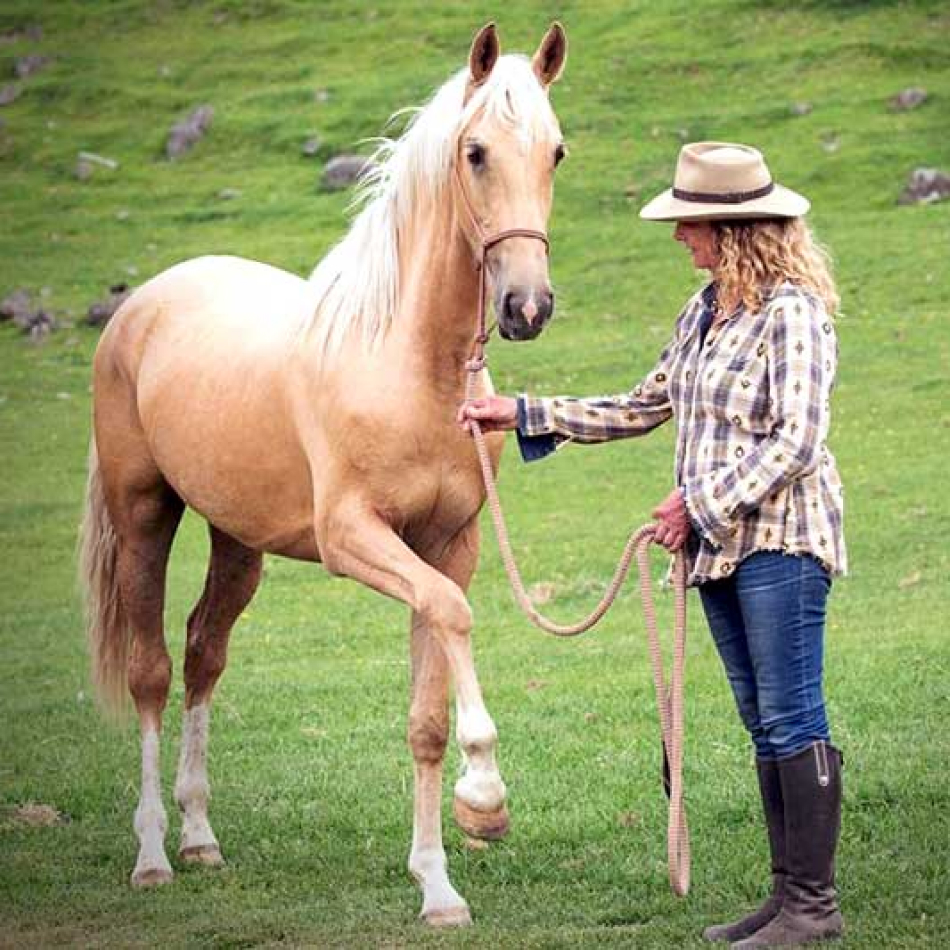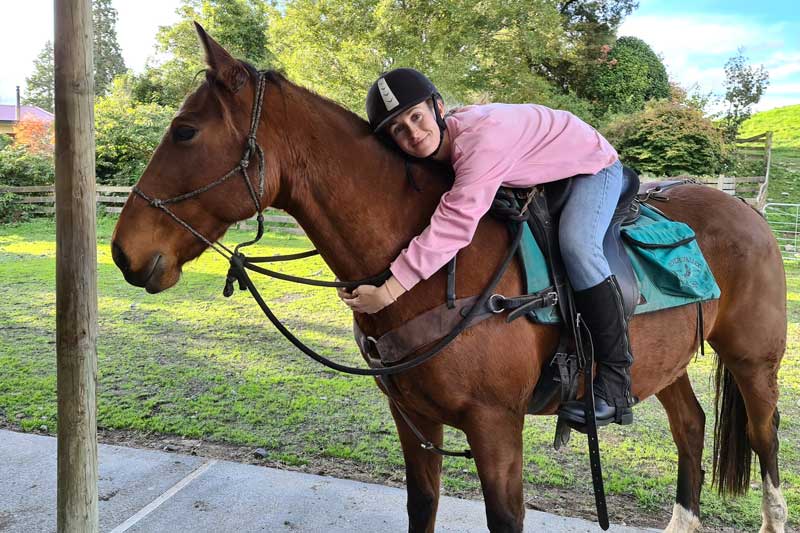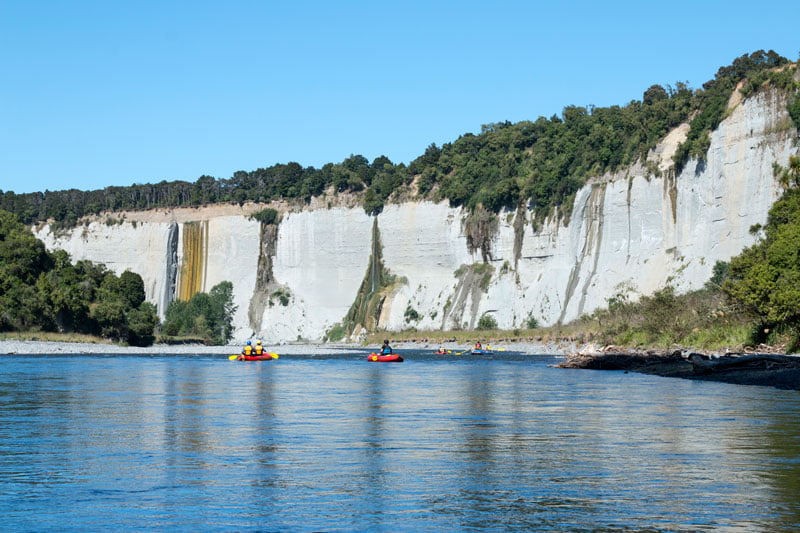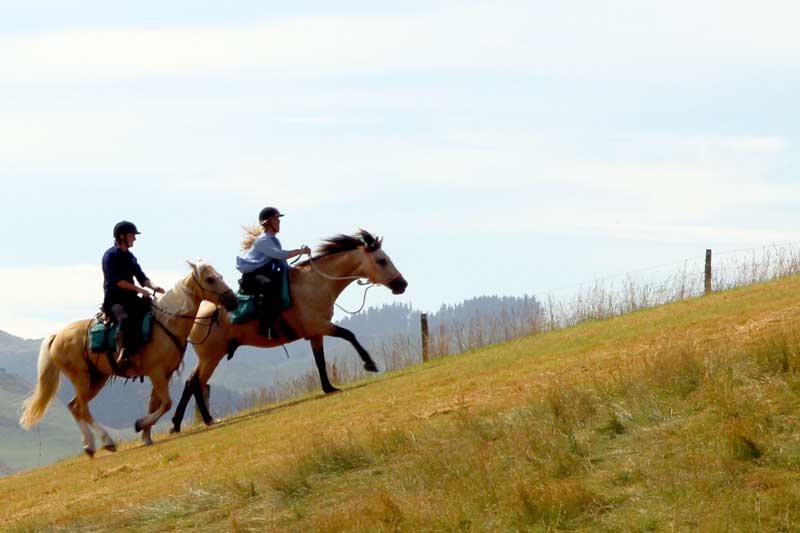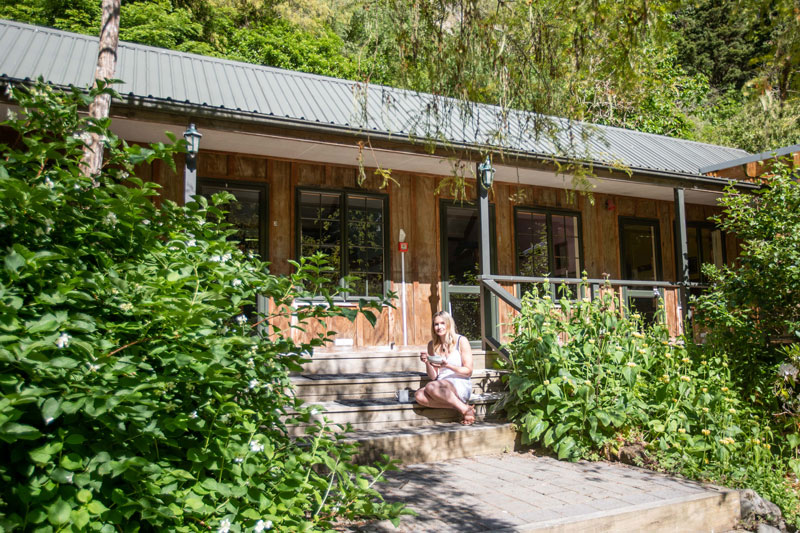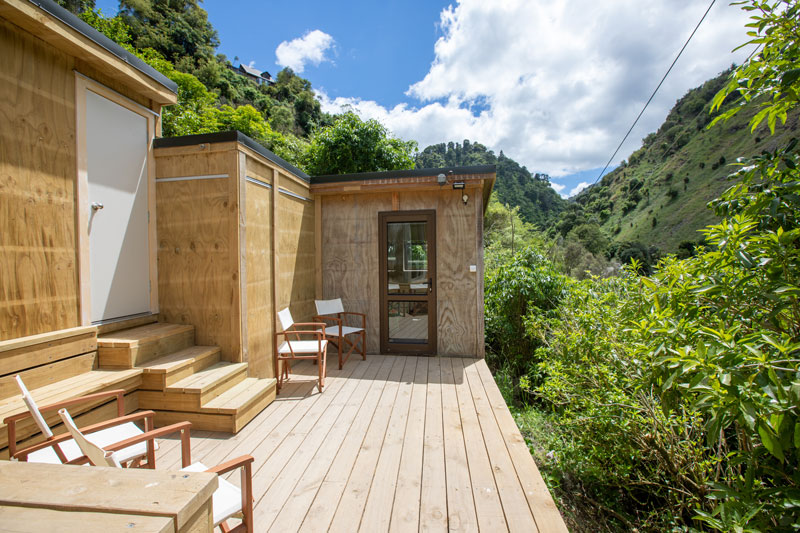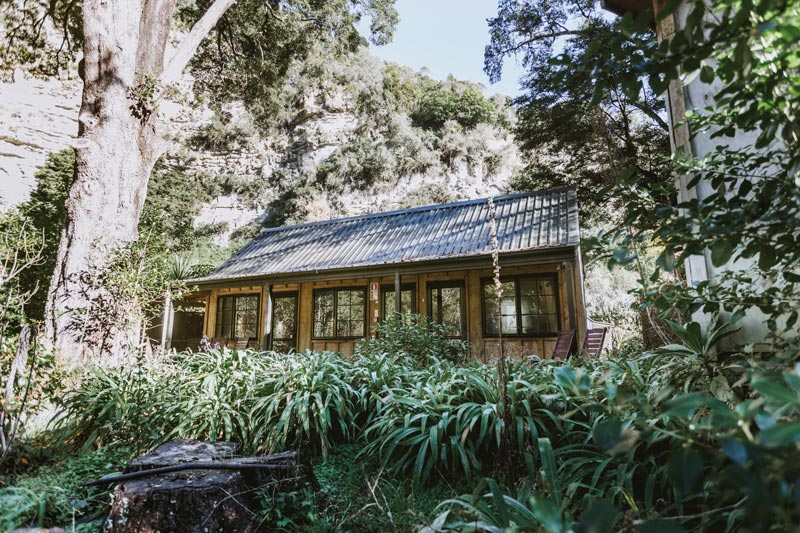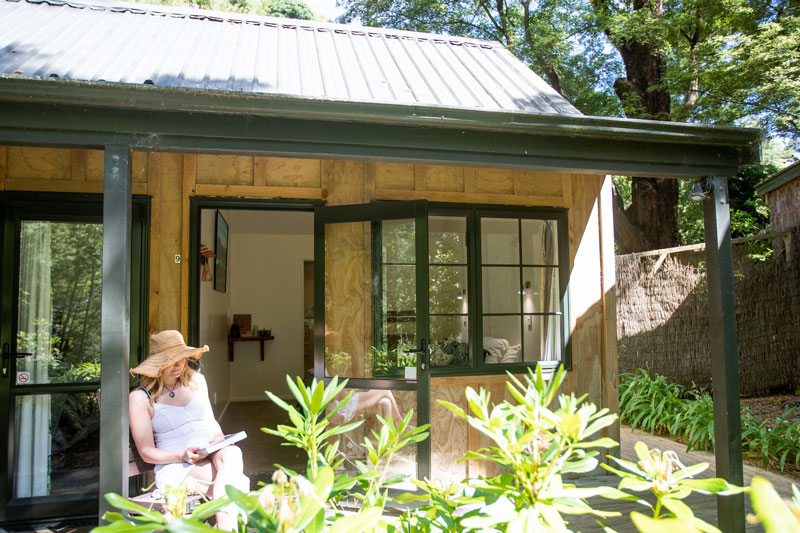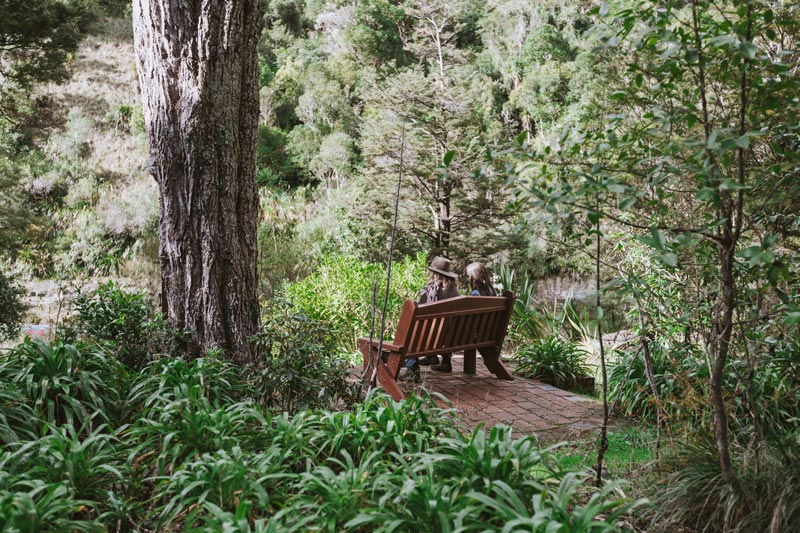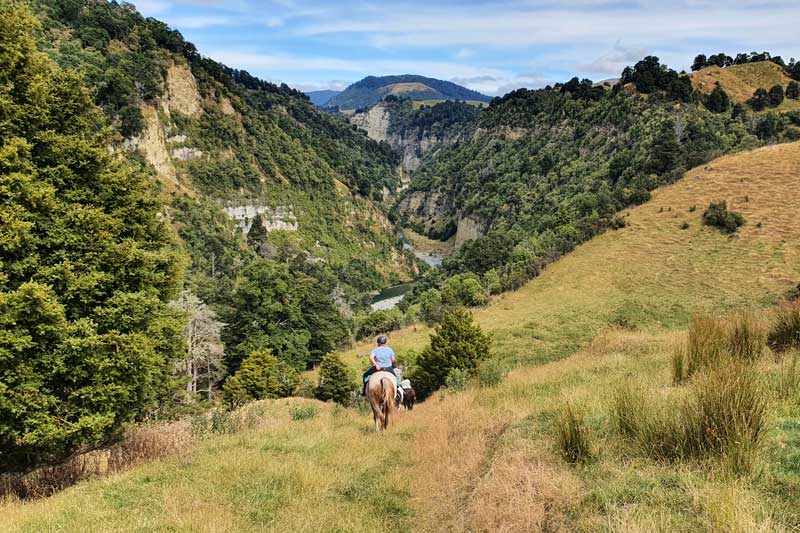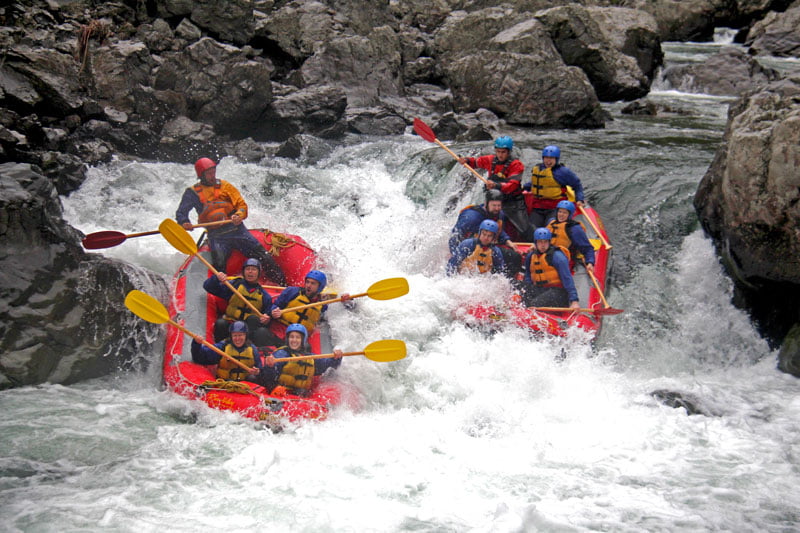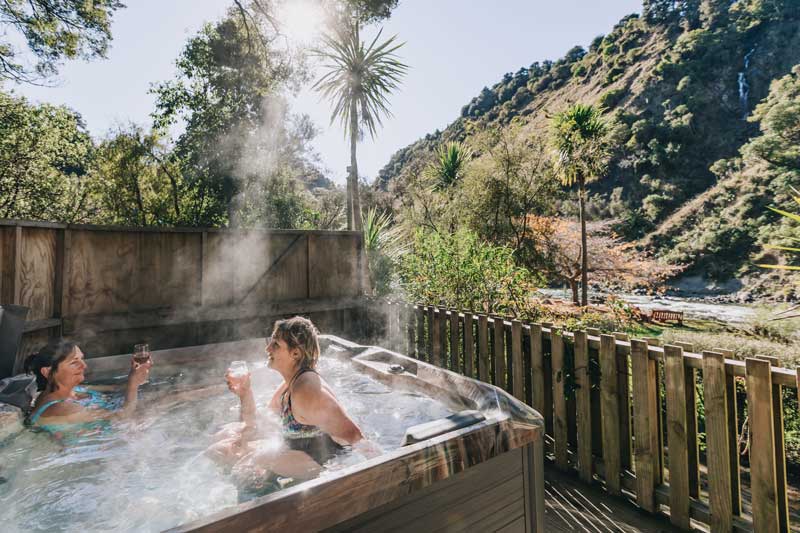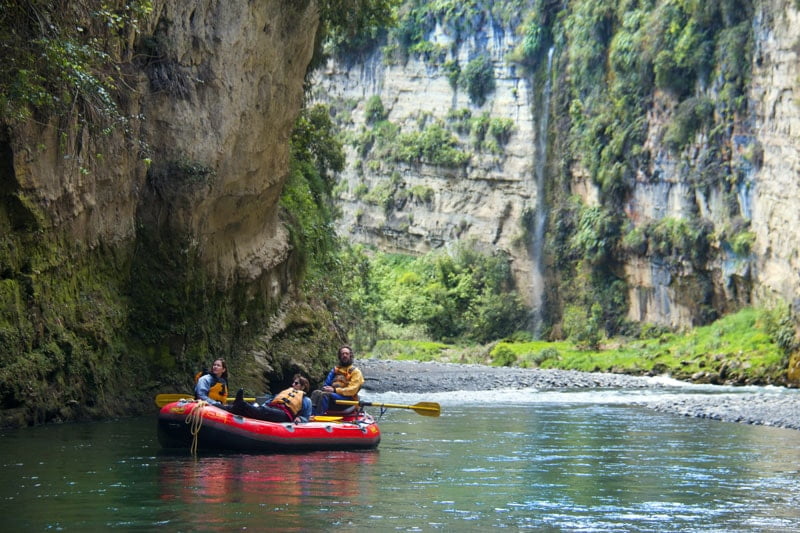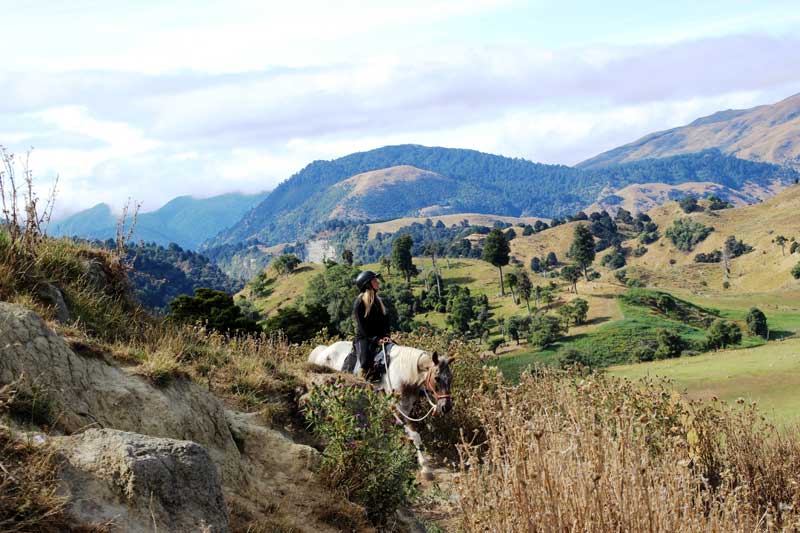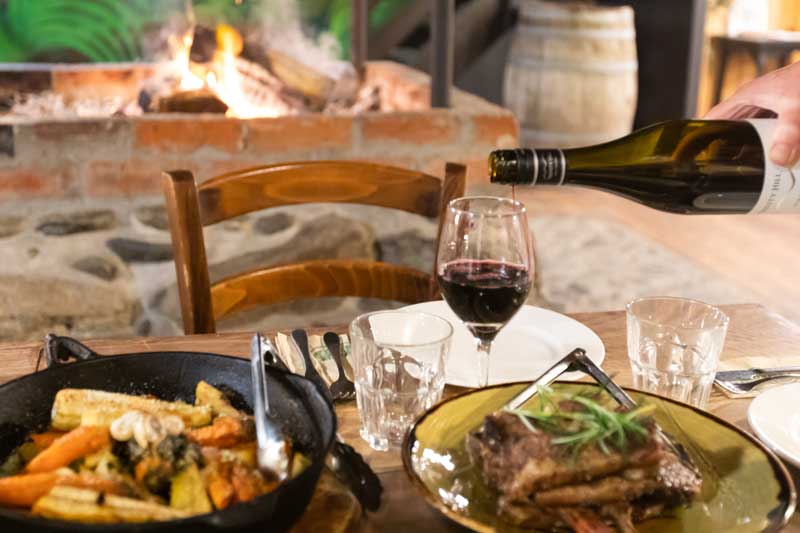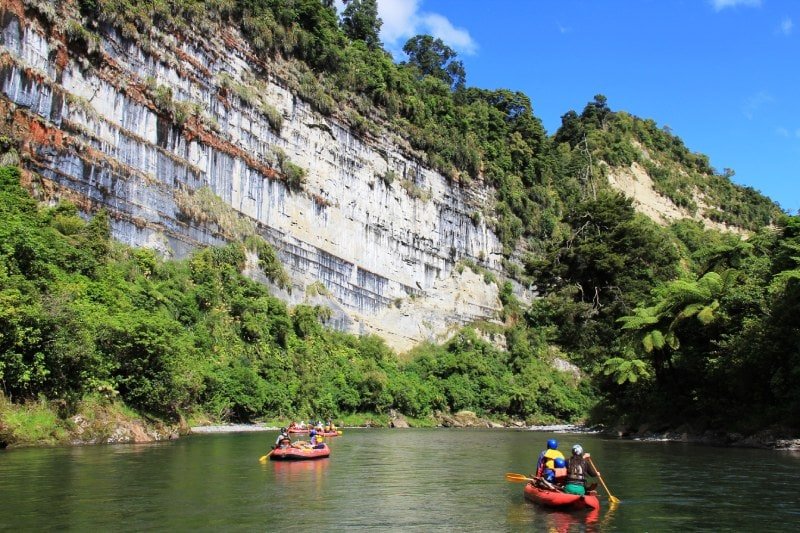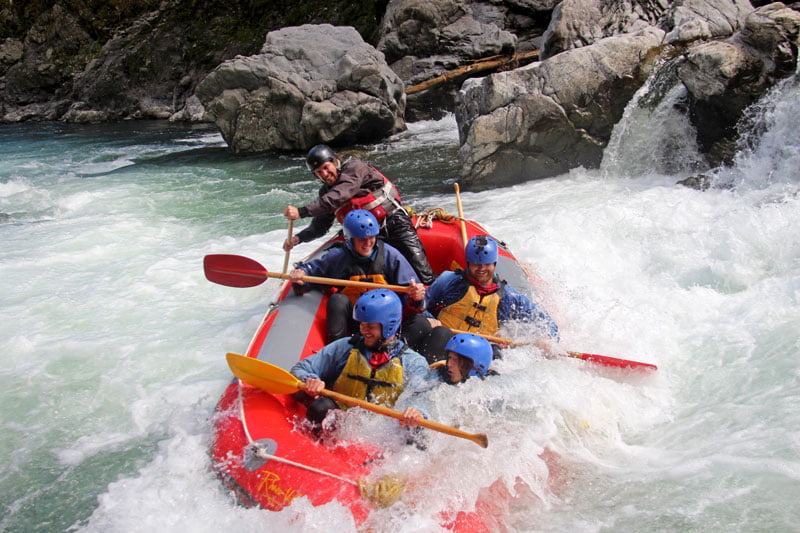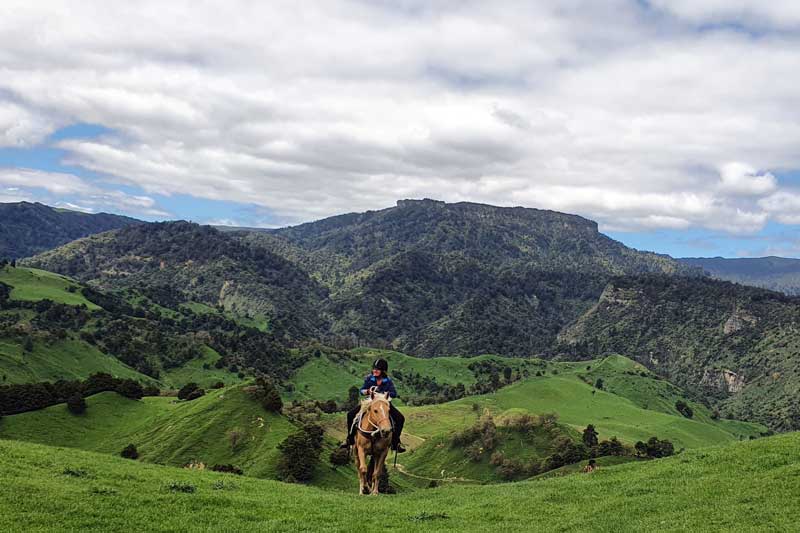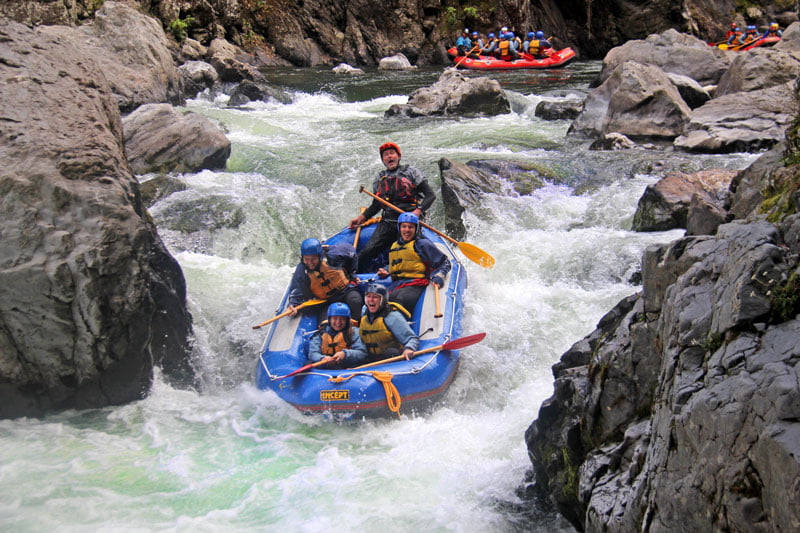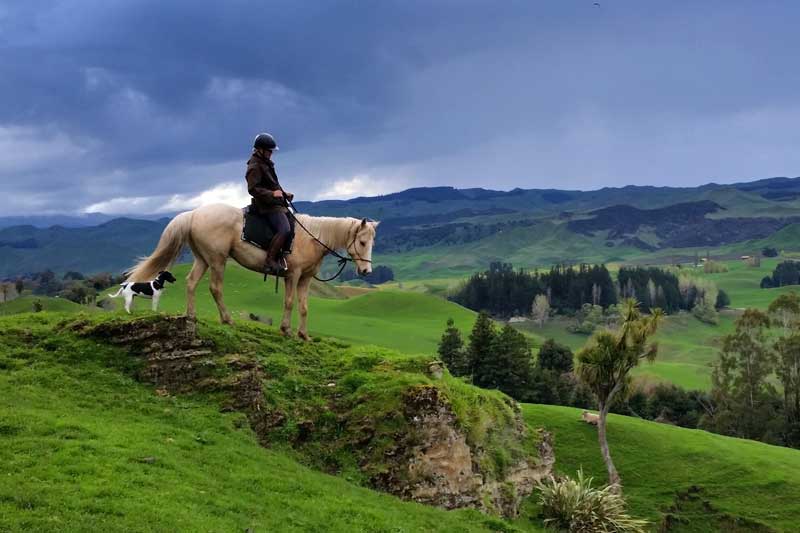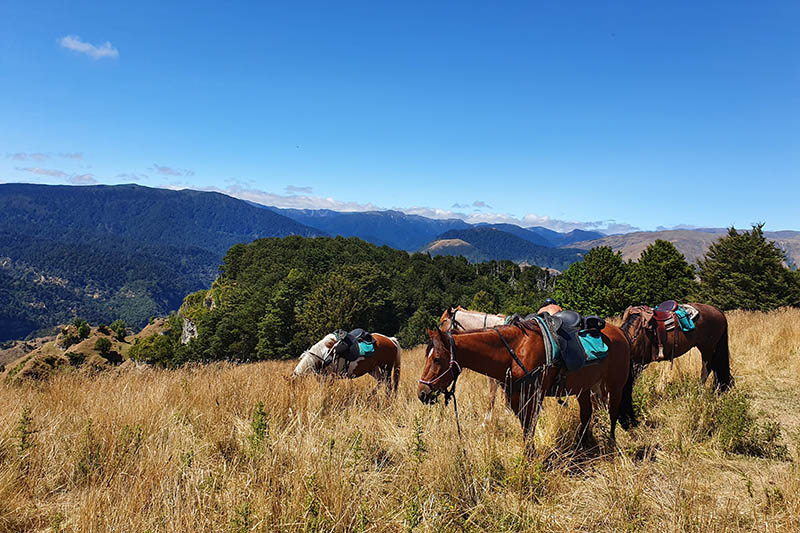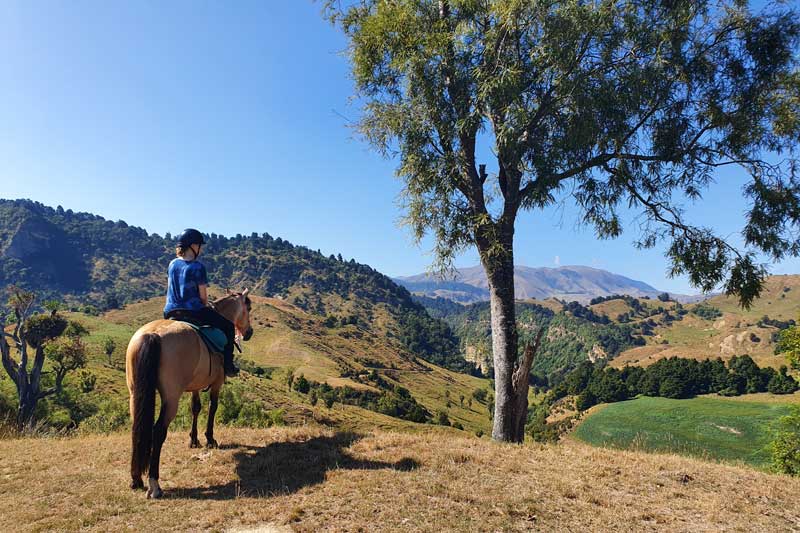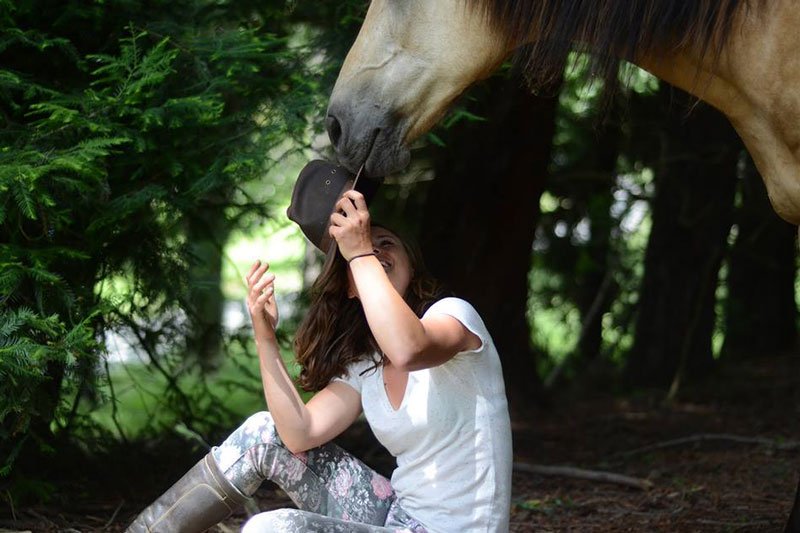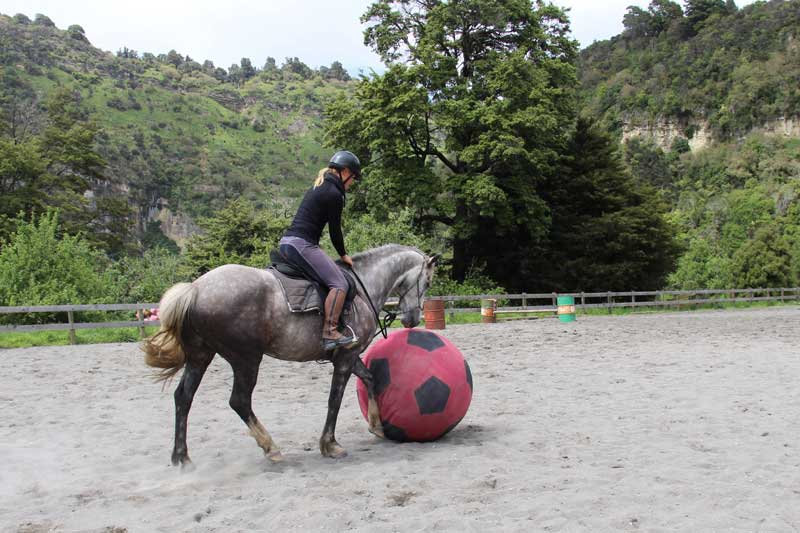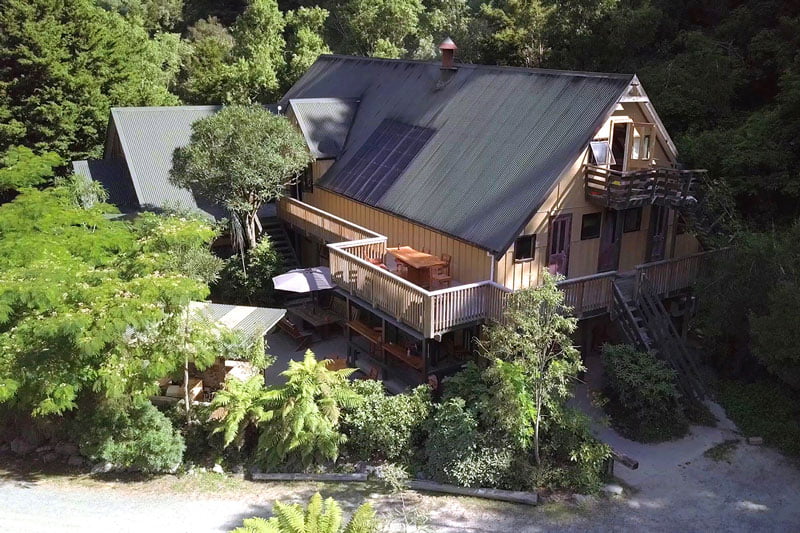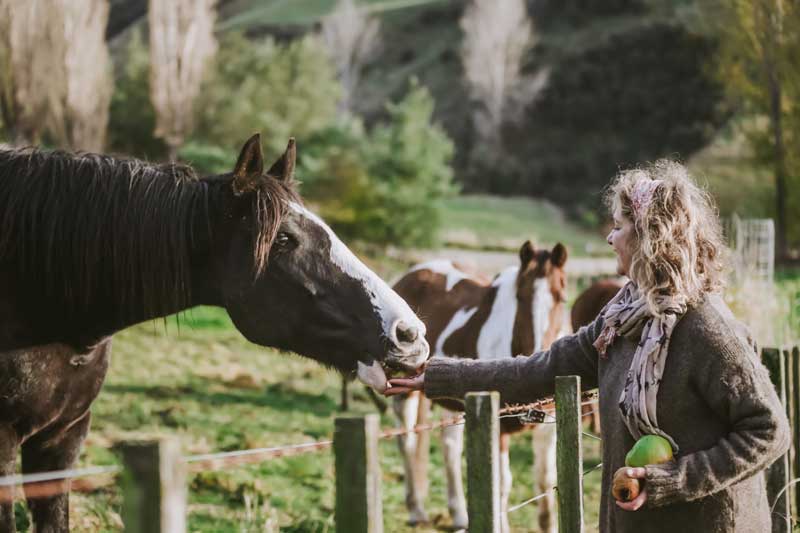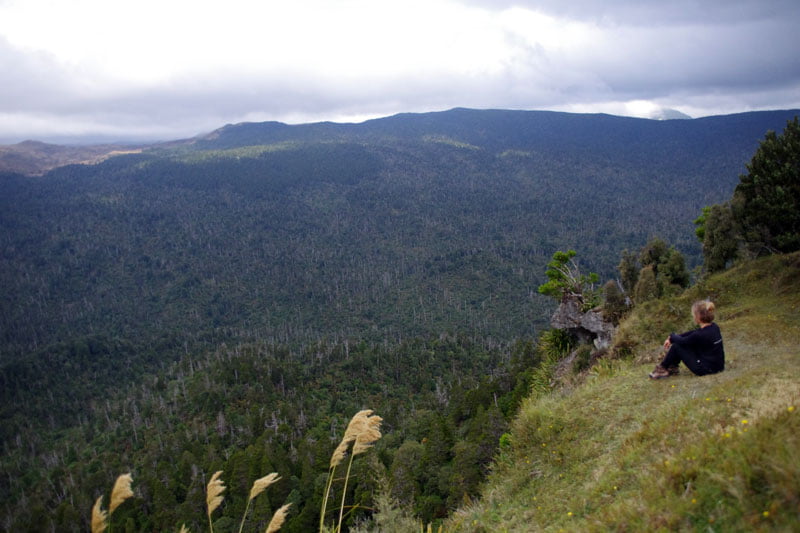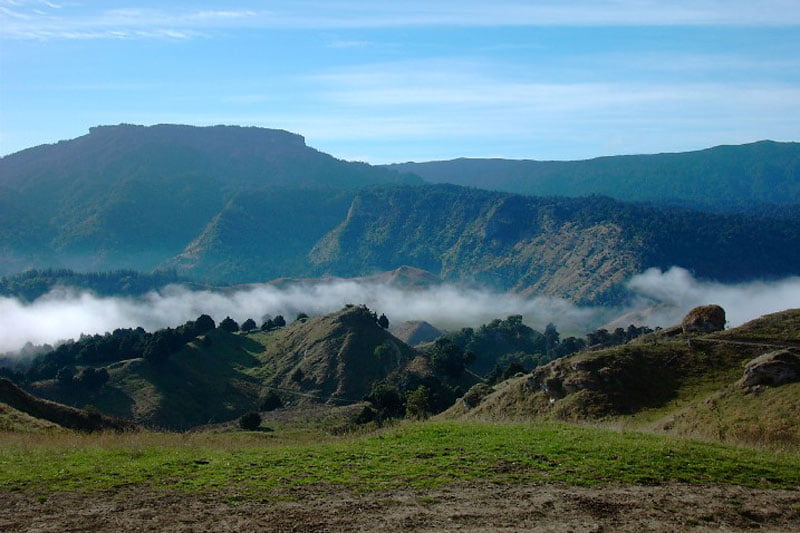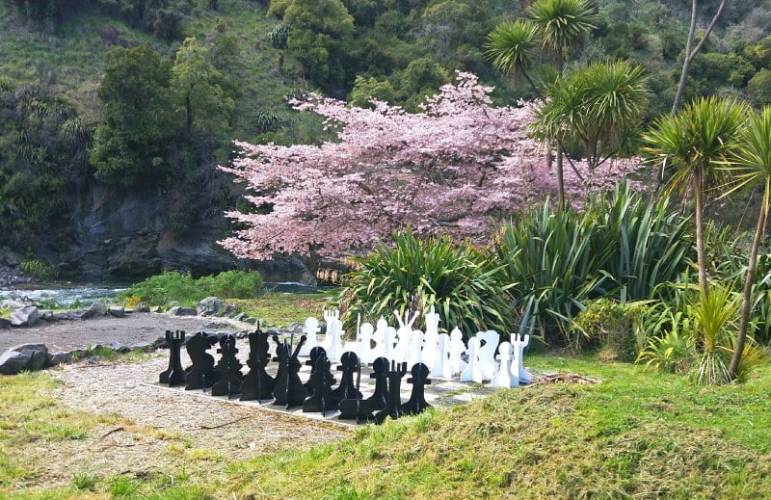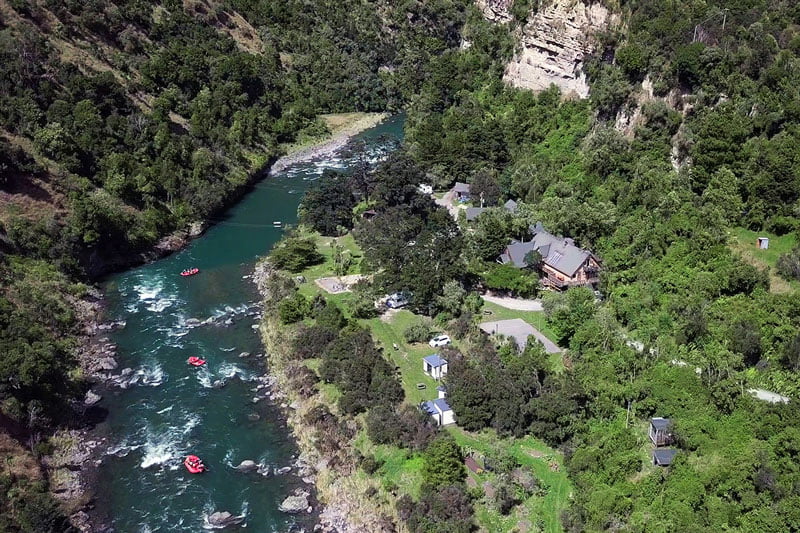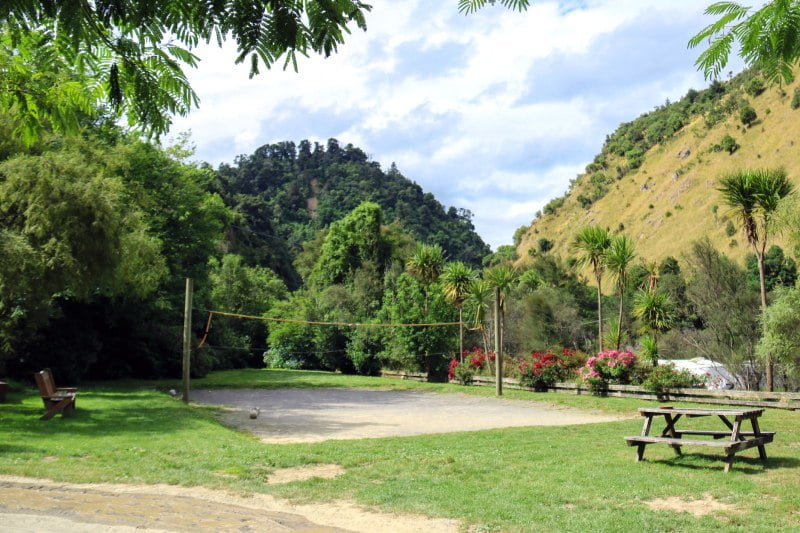What’s In A Name?
On every river throughout the world where rafting, canoeing and kayaking takes place, rapids have been named. These names, the origins of which have sometimes been lost, often tell a story of an incident, while others are named after a natural rock or water feature.
These stories offer glimpses into the early days of river running.
The Rangitikei River is no different, with rapids on the Grade 5 section, acquiring a selection of names that fall within any of the above categories.
Not every rapid, even on this section of river which has been boated for over 40 years, has acquired a name. These nameless rapids are all small. On another river, such as the Whanganui, which has a very long history of being a river transportation route, no doubt they would long ago have been named. Maybe in times to come someone will have an experience that will finally bestow a name that sticks.
Here is a selection of named rapids on the Rangitikei River and what I understand to be their origin. Some rapids have been left out, either because they are nameless, or because I have not yet found out their history.
Aubry’s Awesome Test Rapid
This 50m long Grade 2 rapid gained its name from 1980s river guide, Aubry Dodd, who would use it to test his crew on how well they were understanding his commands. Still used for the same purpose on occasion today.
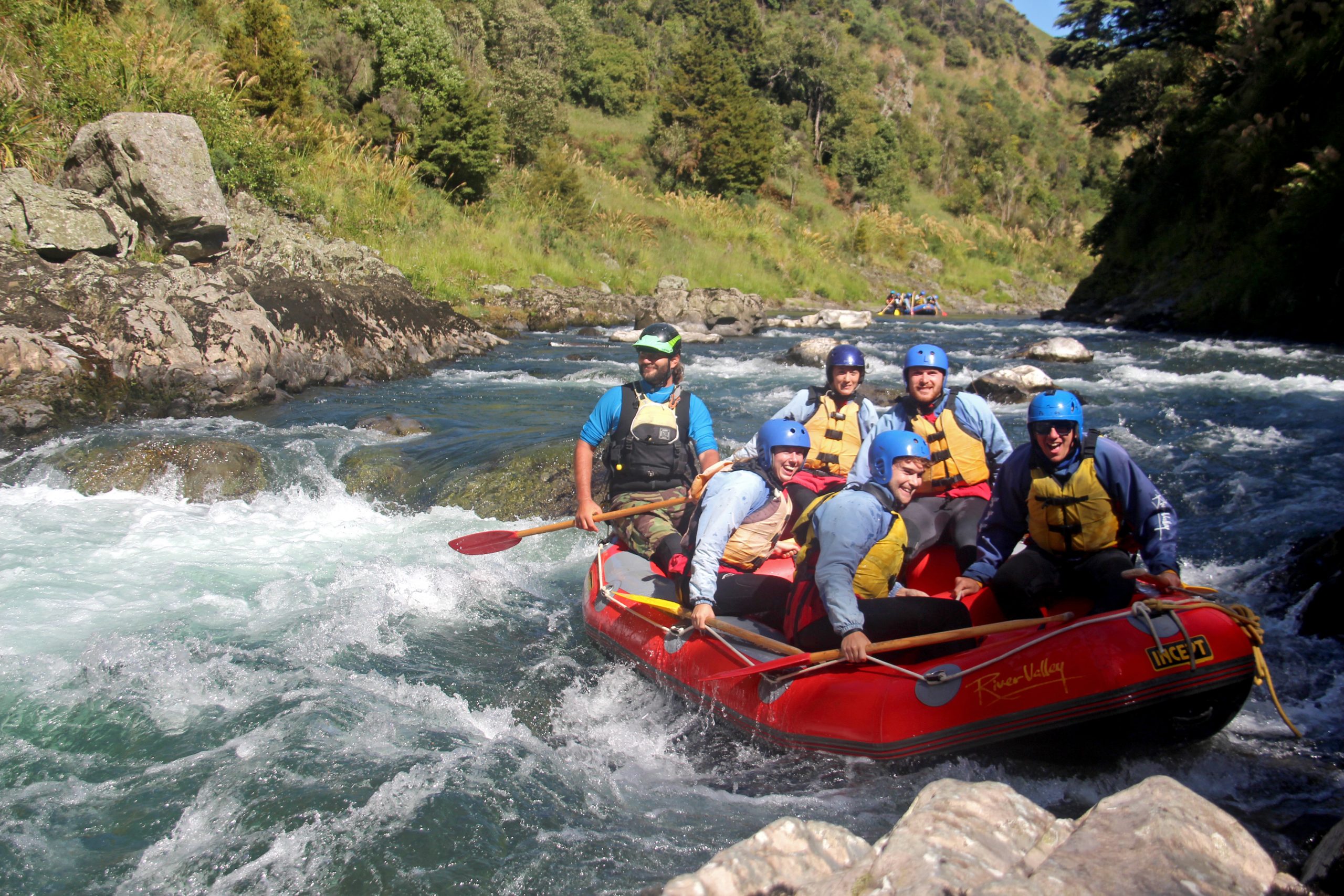
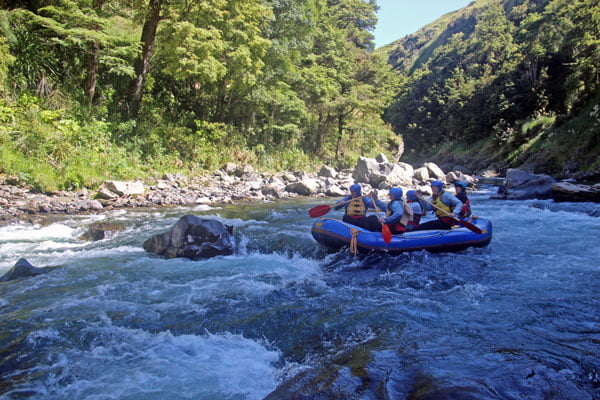
Truck Rapids
You guessed it, there are the remains of an old vehicle sitting at the bottom of this set of rapids. There is no sign of an engine block, and a couple of the tyres look to be solid rubber, suggesting it was more likely a trailer and possibly dates to early road construction, maybe 1920s to 1930s, or a little later.
Pop Up
Widely photographed, Pop Up rapid is a drop with a bouncy hole at the bottom. This causes rafts to literally “pop up” out of the hole, with the front of the boat flying into the air.


Calm Before Storm
A section of easy rapid that leads into the bigger “Storm” rapid. Unsure how “Storm” got its name.
Pin Ball Canyon
A short very narrow rapid below the Narrows, that if you brush one side you then tend to ricochet down the rest of the rapid, hence the “pinball” effect.
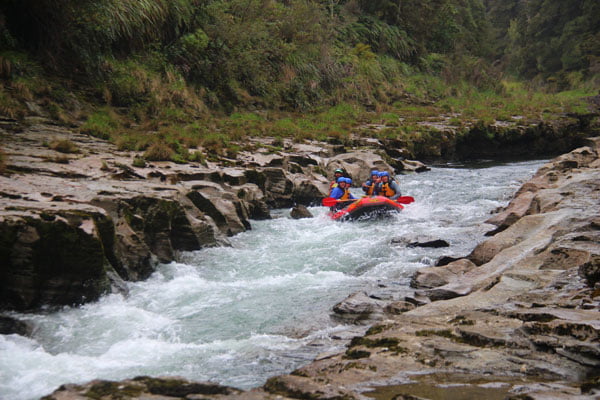

Lunch Rapid
So, named because we used to stop here in the 80s and early 90s and stand around getting cold while eating soggy sandwiches. No longer a stop.
New Rapid
Originally this was named the Arch Rapid, after a rock formation a short way downstream. However, a major rock fall in the late 1990s so altered the rapid that it was like a “new rapid”. This rapid, while now easier, is still changing, especially after major flood events.

The Gates
The first major rapid in the main gorge section, as in the gateway to the gorge. Years ago, I remember one guide who would tell his crew it was the “gates of hell to the gorge of death”. Scarcely inspiring I might add.
Slip
Slip was originally called Rock Garden. However, a huge slip in the late 1980s completely changed this rapid forever (no great loss I might add).

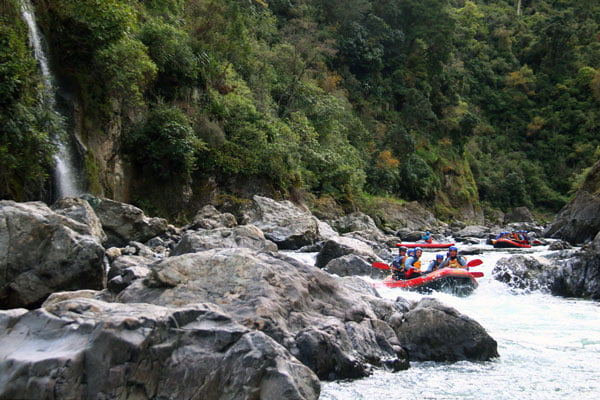
Max’s Drop
This is another rapid that has changed a great deal in the last few years. It was originally named “Max’s Drop” after early kayaker, Max Grant, who was the first person to kayak it in the mid-1970s. This was in a fibreglass kayak. I still remember the river being littered with the remains of fibreglass kayaks before the first plastic boats came along.
Dog’s Leg
This is one of those rapids named after the way the current flows through it. Somewhat notorious as a flip spot at certain flows.
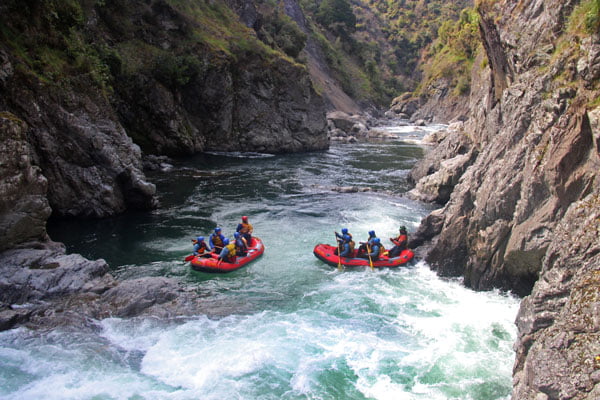
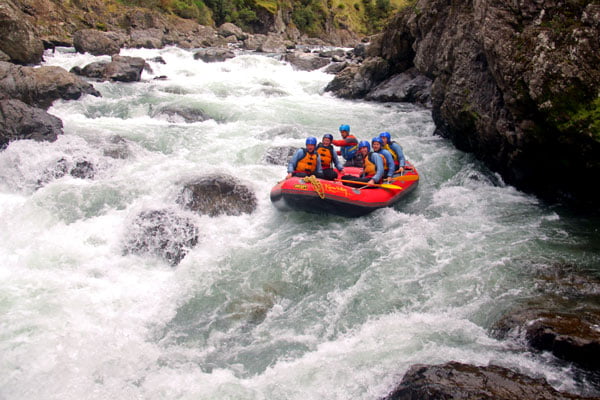
Fulcrum
Originally called S Bend, again because of the way the current moved through the rapid, the origins of the “Fulcrum” title are unknown. A possibility is that this is the fulcrum point of the section. A big complicated rapid.
ETC
A fun drop, almost an afterthought, after the demands of “Fulcrum Rapid”
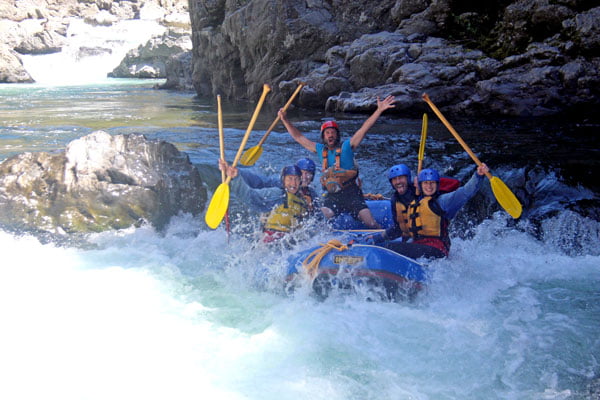
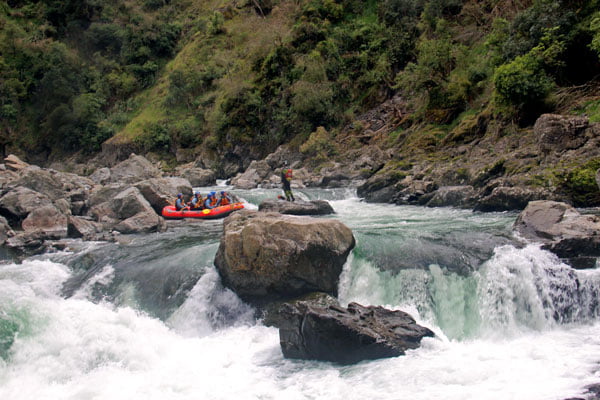
Foamy Rapid including “Blind Canyon”
Blind Canyon is the entrance to Foamy Rapid. It does in fact resemble a box canyon, however there is a way out! The main rapid, Foamy, has undergone big changes over the years, but is still big with lots of foaming white-water.
Fu Fang Falls
No idea how this rapid got its name.
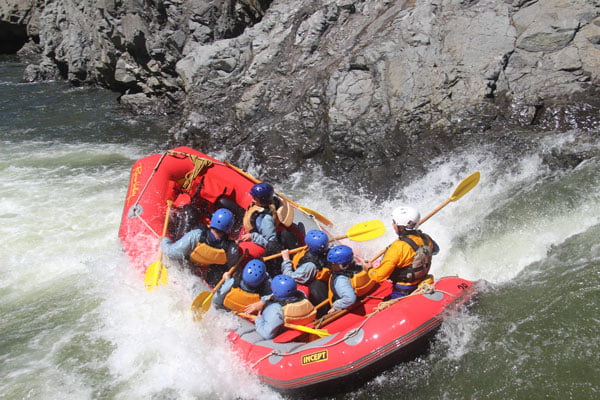
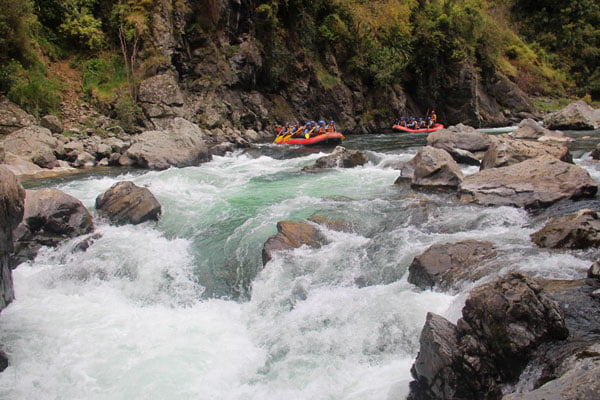
See Thru
While again, this rapid has changed a great deal over the years, originally it was one quite big drop. The story goes that a kayaker got caught in behind the falls for a time and could see out through the veil of water. The others in his party who were looking for him, could not see in. Hence the name “See Thru”. He did eventually get out.
I think that is a good point to stop there. There are more named rapids that I will cover in a later article, and hopefully find out where “Fulcrum”, “Fu Fang Falls” and several other rapids got their names from.
One thing I have found surprising in being on the river of late, is how some of the younger guides are repeating stories about rapid names that have no historical reality. Hopefully for this section of the Rangitikei at least this will help put the story straight.
On your next river trip, make a point of asking your guide the history of a rapid’s name. You could be in for a good story.
Brian Megaw

